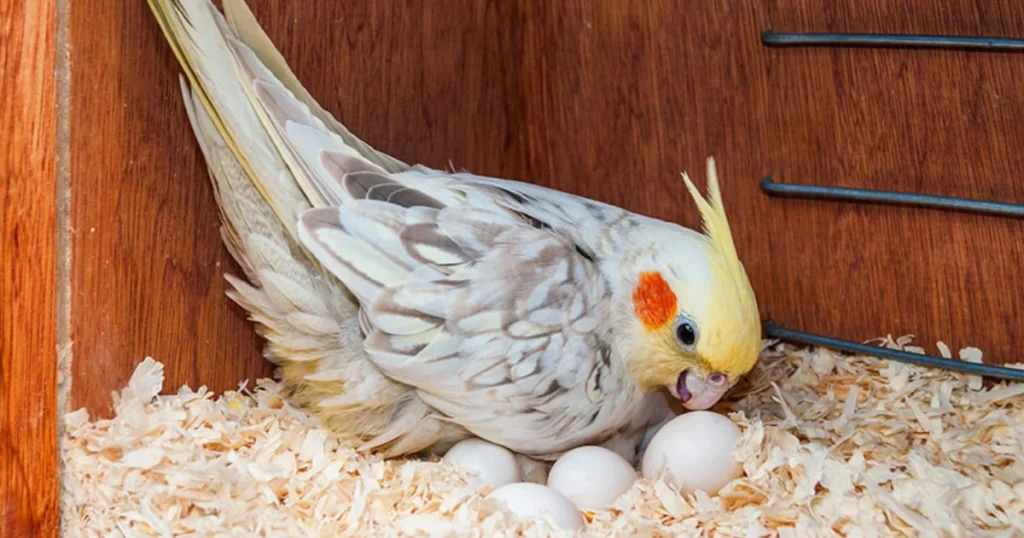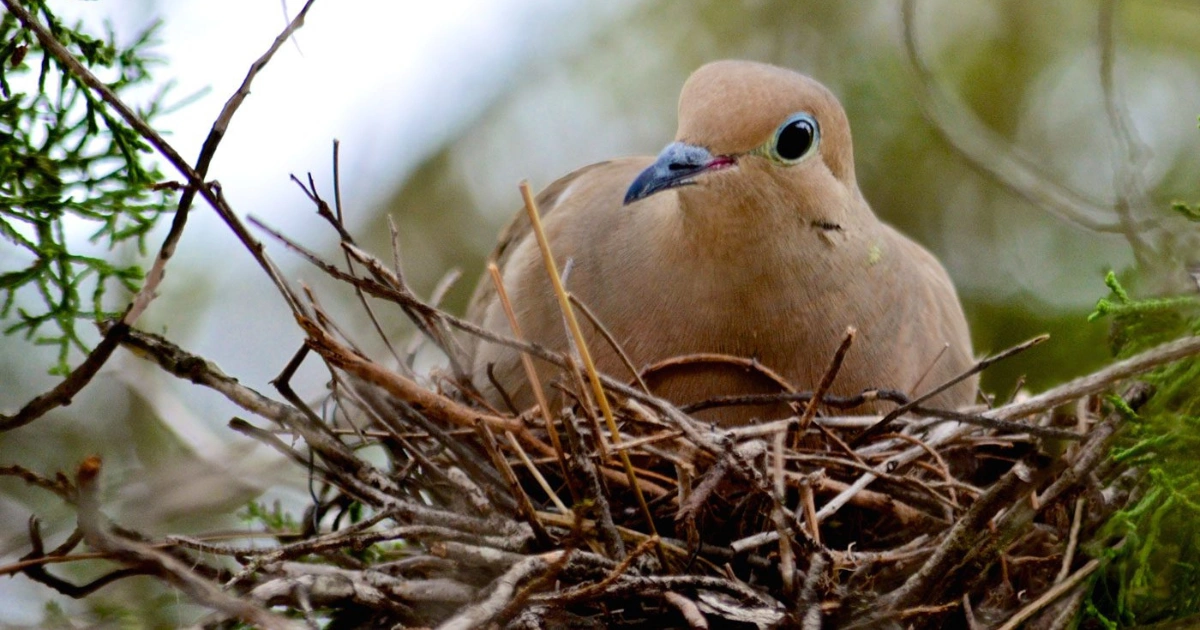Raising domestic birds is more than just a rural tradition—it’s a source of food, income, and cultural heritage for many communities worldwide. Species such as chickens, turkeys, geese, quail, and even peafowl have long been part of the agricultural landscape. Each follows a natural reproductive cycle in which the female bird carefully incubates her eggs until they hatch.
During the incubation phase, the female provides warmth, protection, and occasional turning of the eggs to ensure proper development. The length of this period depends on the species and even the breed. Understanding these incubation times is crucial for breeders, farmers, and hobbyists who want to ensure healthy chicks and strong flock growth.

Average Incubation Periods for Domestic Birds
Chicken (Gallus gallus domesticus) – Around 21 days. This is one of the most predictable and well-known incubation periods, making chickens a favorite for beginners.
Quail – Approximately 16 to 18 days. Their shorter incubation time allows for faster turnover and more frequent hatches in breeding programs.
Goose – Between 28 and 35 days, depending on the breed. Larger goose breeds often require longer incubation due to the egg’s size and thicker shell.
Pigeon – Typically 17 to 19 days. Pigeons are attentive parents, often sharing incubation duties between the male and female.
Ostrich – About 42 to 46 days. As the largest bird species, ostrich eggs require extended incubation and careful environmental control.
Peafowl (Peacock/Peahen) – Usually 27 to 30 days. These ornamental birds need steady warmth and protection for successful hatching.
Turkey – Around 28 days. Turkeys have a longer incubation time compared to chickens, requiring consistent humidity and temperature.
Guinea Fowl – Approximately 26 to 28 days. These hardy birds are valued for pest control and their distinctive calls.
The Role of Incubation in Bird Breeding
Incubation is more than just keeping eggs warm—it is a critical phase that determines the survival and vitality of the chicks. In natural settings, the brooding female turns the eggs regularly, ensuring even heat distribution. In managed environments such as farms or hatcheries, artificial incubators replicate these conditions with precise temperature and humidity control.
Healthy incubation supports:
- Proper embryo development
- Strong immune system in chicks
- Higher survival rates post-hatching
- Consistent flock growth for food production and breeding
Tips for Successful Incubation
- Maintain a stable temperature appropriate to the species.
- Keep humidity levels within recommended ranges to prevent dehydration or excessive moisture in eggs.
- Turn eggs regularly (unless using automatic turning in an incubator).
- Avoid disturbing the brooding bird unnecessarily in natural settings.
- Record incubation start dates to track progress and prepare for hatching.
Why Knowing Incubation Times Matters
For farmers and bird breeders, understanding incubation times allows for better planning of resources, housing, and feed supply. It also helps coordinate breeding cycles to meet seasonal market demands. Additionally, monitoring hatching dates ensures timely care for newborn chicks, which is crucial for their health and survival.
Main Keyword: bird incubation times
LSI/NLP Keywords: poultry breeding, domestic bird hatching, egg incubation period, hatchery management, poultry farming, chick development, breeding cycle
Internal Link Suggestions from secretsofthegreengarden.com:
- How to Set Up a Backyard Chicken Coop for Maximum Egg Production
- Best Practices for Raising Guinea Fowl in Rural and Urban Areas
- Understanding Temperature and Humidity Control in Egg Incubators
External Link Suggestions: - The Poultry Site – Incubation Management
- FAO – Poultry Production Guide
- University of Missouri Extension – Incubation and Hatching


https://t.me/s/ef_beef
برای دوستانی که به دنبال یک راهکار مطمئن برای وریفای حساب در بروکرهای فارکس هستند، پیشنهاد میکنم خدمات شوپی را بررسی کنند. این مجموعه به صورت تخصصی، وریفای قانونی حساب های فارکس را با مدارکی ارائه میدهد که کاملاً معتبر بوده و به نام خودتان صادر میشود. این روش دائمی است و ریسک بلاک شدن حساب شما را به صفر میرساند. کیفیت و پشتیبانیشان واقعاً عالی است.